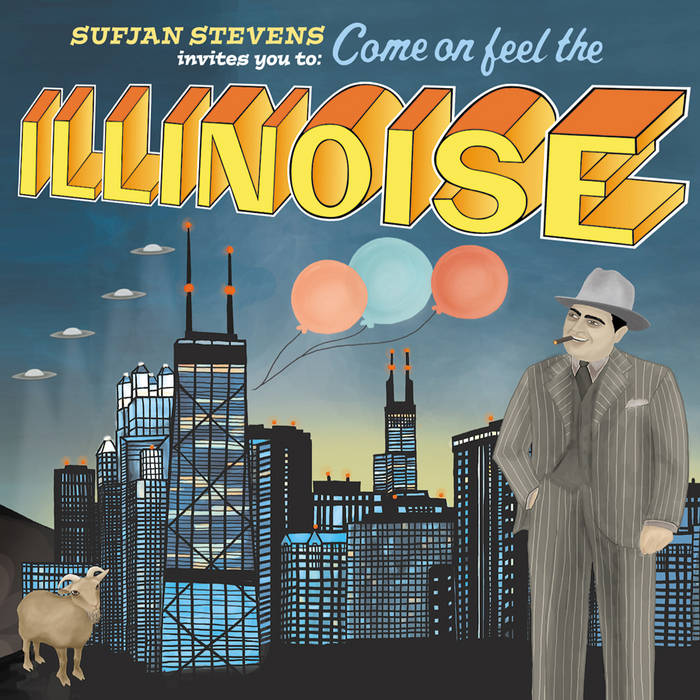As a film critic, there are certain rules I obey to maintain the integrity of my craft. Obviously I silence my cell phone when I enter the theater; sometimes I take notes; and, knowing how important it is for the audience to remain captive under the filmmaker’s spell, I try to refrain from talking. However, when the movie is as bad as Dawn of the Dead, the remake of the 1979 George A. Romero horror classic, that last stipulation becomes difficult to follow.
Exactly how bad is this movie? It’s so bad that we don’t even learn the heroine’s first name (Ana) until at least 45 minutes into the story. It’s so bad that I can name at least one similarly themed Pauly Shore movie—Phantom of the Mall—that was lots better. It’s so bad that I would deem it the worst movie of 2004, if we weren’t mired in the ides of March.
Luckily, as any aficionado of Mystery Science Theater 3000 could tell you, wisecracks can redeem even the most awful movies—and boy, oh boy, did my friends and I crack wise. There’s one particularly ludicrous scene in a men’s room with Andrê (Mekhi Phifer) and Kenneth (Ving Rhames), in which expectant father André informs Kenneth that he’s going to give his unborn infant every opportunity he never had in life.
“That’s going to be kind of hard to do in Zombie World,” I scoffed, causing my friend Ashley to laugh derisively and snort up a few kernels of popcorn.
Okay, I’m a bad person. But at least I whispered—it’s not like I was shouting this stuff out in the theater—and when you think about it, that’s exactly the kind of comment a critic would make. It is not enough for a film to create sympathetic situations for its characters. The film must also insert these situations organically into the plot to ensure their effectiveness. I have no doubt that I could care about the perils of two young parents in the midst of a hellish, zombie-driven apocalypse, but André’s emoting is placed at such a bizarre point in the action that it makes empathizing with him all but impossible.
But back to Ana (Sarah Polley, a heartbreakingly long way from her days as indie “It” girl after The Sweet Hereafter). Her journey is central to the story, yet we receive virtually no background information about her. Her boyfriend is viciously butchered within the first 10 minutes, but when the relentless plot finally gives her time to sit down and cry about it, we’re not even sure if she’s crying over him or the rest of the mayhem raging around her. (Of course, he could have been her fiancée or husband—that’s how much this film fails in establishing even the most rudimentary relationships between its characters.)
“Remember when we used to have to wait a half-hour before we saw someone’s entrails being splattered across the screen?” I reminisced wistfully.
“Oh, how convenient,” Ashley muttered, when we realized Ana was trapped in the bathroom with her car keys, which she then used to break the window and climb to her freedom. “I know after a long day of work, I like to keep holding my keys.”
At first, Ana is the survivor with the biggest heart, pleading with Michael (Jake Weber) to spare the life of a father who probably (but not definitely) has been infected with the zombie virus. Inexplicably, though, when everyone else wants to rescue Andy (Bruce Bohne)—a gun dealer who’s stranded on the rooftop across from their shopping mall oasis—it’s Ana who puts her foot down, citing the risks that such an operation would entail. Perhaps this radical shift in opinion could be attributed to her increasingly jaded attitude about the violence surrounding her, but folks? I’m taking shots in the dark here. You have to take my word for it when I say it seemed absolutely ridiculous within the context of the film.
One of the reasons the original Dawn of the Dead is such a classic is because of its philosophical undertones. Just as The Exorcist is about much more than one little girl who’s been possessed by the Devil, George A. Romero’s masterful 1979 Dawn of the Dead is actually about the numbing effects of capitalism and the inhumanity implicit in the overproduction of advertising. The antagonists are a bunch of brain-dead zombies trying to claw their way into a shopping mall—get it? They may as well be waiting for Abercrombie & Fitch to open. In the hands of the new director Zack Snyder and screenwriter James Gunn, however, the nuances of the original script have been overlooked for grotesque special effects that begin to bore after the first few repetitions. Now, there’s an example of brain dead.
So does Zack Snyder do anything right? I think he would be a good director of music videos—he knows how to use montage to create a feeling of creeping dread, and (in the best sequence of the film) he uses Johnny Cash’s haunting “When the Man Comes Around” to signal the coming of the apocalypse. To convey the passage of time, he uses a slow, swing version of Disturbed’s “Down with the Sickness” which puts an emphasis on the lyrics that’s lacking from the original. These few strokes of innovation do not compensate, however, for the fact that the rest of the movie is a botched mess, as ugly as one of the undead zomboids that chases our protagonists around the mall.
I grew up watching horror movies, and I’m a sucker for them. Last summer, I gave Freddy vs. Jason a positive review because I felt it accomplished exactly what it had set out to do: scare, entertain, and make us care at least a little bit about the characters, in that order. Roger Ebert writes that in Dawn of the Dead “we care about Michael, a decent guy who tries to make the right decisions,” but we do not. The filmmakers should receive credit for not pushing the romance angle between Michael and Ana, but they are not confident enough to abandon it completely—apparently, they don’t realize that their every attempt at portraying human emotion has been preposterous up to this point. The climax of the film is supposedly touching for the dire straits in which it leaves Michael, and for the separation that occurs between the two lovers. All I could think about, though, was how so many extraneous characters are introduced halfway into the film that it becomes a challenge to tell them apart, let alone care what happens to them.
Both Ebert and Entertainment Weekly gave this film a favorable review, which can only mean one thing: zombies ate their brains, too. This film could be entertaining, in its Grand Guignol grossness, if it wasn’t so insufferably boring—which brings me back to the wisecracks.
Toward the end of the film, we’re asked to care that Chips the dog is being sacrificed to the crowd of zombies (appalling, considering how cavalierly the film treats the majority of its human lives.) It took Ashley and me a little while to figure out exactly what they were doing with Chips.
“They’re sending the dog with food,” Ashley explained, noting the bulky blue bags tied around the animal’s waist.
“Forget that,” her boyfriend hooted. “They should send the dog as food.”








